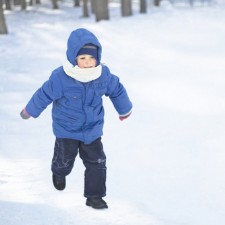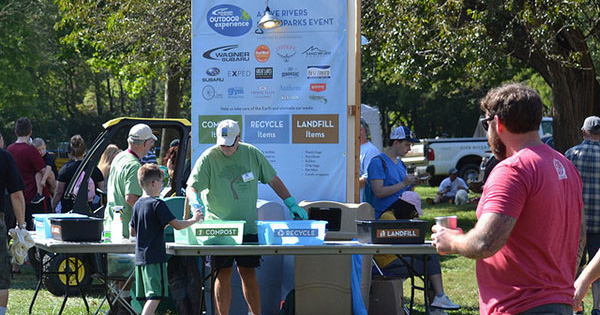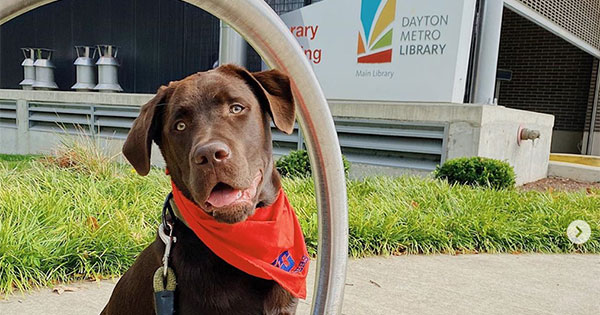Five ways to protect your child from these numbing temperatures
Five ways to protect your child from these numbing temperatures
Snow is tempting but these temperatures are nothing to play with. Stacy Porter from Dayton Children's gives some helpful advice to Dayton area parents.
Many students have the day off but it might be best to stay inside to play. "When temperatures dip into single digits, it's really not safe for children to be outside for almost any length of time," says Lisa Schwing, RN, trauma program manager at Dayton Children's Hospital. "Despite the snow that begs for a sled, it's better to put off outdoor play to a warmer day."
Parents need to provide their children with the proper gear to stay warm and dry to prevent frostbite and hypothermia. If your child has to go out, for example, to wait for the bus, remember frostbite can begin in a matter of minutes in single digit temperatures. Frostbite is characterized by numb fingers, ears and noses and eventually can lead to redness and pain. Sometimes the affected skin feels hard and looks waxy.
Another danger of the cold is hypothermia, a dangerous decrease in body temperature, which can affect brain and muscle function. "Younger children are more susceptible to hypothermia," says Tom Krzmarzick, MD, medical director of the Regional Pediatric Trauma and Emergency Center at Dayton Children's Hospital. "Children can't compensate for heat loss as well as adults. Infants are especially at risk for hypothermia."
Children are more at risk for several reasons. Children have thinner skin than adults and their blood vessels are closer to the surface. In addition, people lose most of their body heat from their heads. Children have proportionally larger heads in comparison to body size than adults do, so that's more surface area to leak heat.
Here are five ways to protect your child from these numbing temperatures.
- Stay inside. If there is no reason you must take your children out, keep them inside. Sub-zero wind chills are not suitable for playing outside. Only essential trips outside should be made in the cold.
- Cover up. Pay particular attention to those areas that are more susceptible to the cold, such as ears, fingers and toes. Zip up the coat, pull the hat down over the ears, use a scarf to protect the face and neck and cover the hands with mittens.
- Keep dry. Select waterproof boots, coats and gloves or mittens. If any clothing or outerwear gets wet, change it immediately. If children sit in wet, cold clothing they may be more susceptible to illness including hypothermia or abnormally low body temperature.
- Insulate. Wear layers. Double up on shirts and pants, socks and mittens.
- Choose mittens. Mittens are warmer than gloves because they allow fingers to "snuggle" together and share warmth.
If you child complains of fingers, toes or ears that hurt or have gone numb, you will need to warm the area carefully to avoid damage. Dr. Krzmarzick and Dayton Children's recommend these tips for treating areas of the body that have been affected by the cold:
- Remove wet clothing and give your children warm, dry clothes.
- Soak the area in warm, never hot water (less than 108 degrees).
- Avoid rubbing the area, which could damage tissue.
- Cover the body part loosely with a non-stick, sterile dressing or dry blanket.
- Have your child drink warm beverages, such as hot cocoa, tea or milk.
Parents should contact their pediatrician with any concerns. If the child's skin looks discolored or the child has lost sensation, call 911 immediately.
About Dayton Children's
One of only 45 independent freestanding children's hospitals in the country, Dayton Children's is the region's only medical facility dedicated to children. Accredited by The Joint Commission and serving 20 Ohio counties and eastern Indiana, the experts at Dayton Children's care for more than 290,000 children each year. Consistently recognized as one of the country's best and most cost-effective pediatric hospitals, Dayton Children's is home to the Wright State University Boonshoft School of Medicine, Department of Pediatrics and together with the United States Air Force shares the nation's only civilian-military integrated pediatric training program. For more children's health and safety information, visit our web site at www.childrensdayton.org.
Links & Tags
Dayton Children's Hospital.
Dayton Children's Hospital - Our primary mission is to provide quality health care for children from infancy through adolescence. We strive to be a health care resource for all children of our region regardless of socioeconomic status.




















